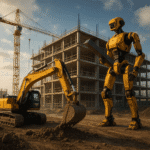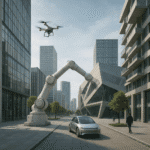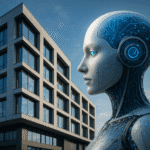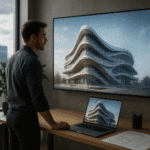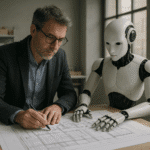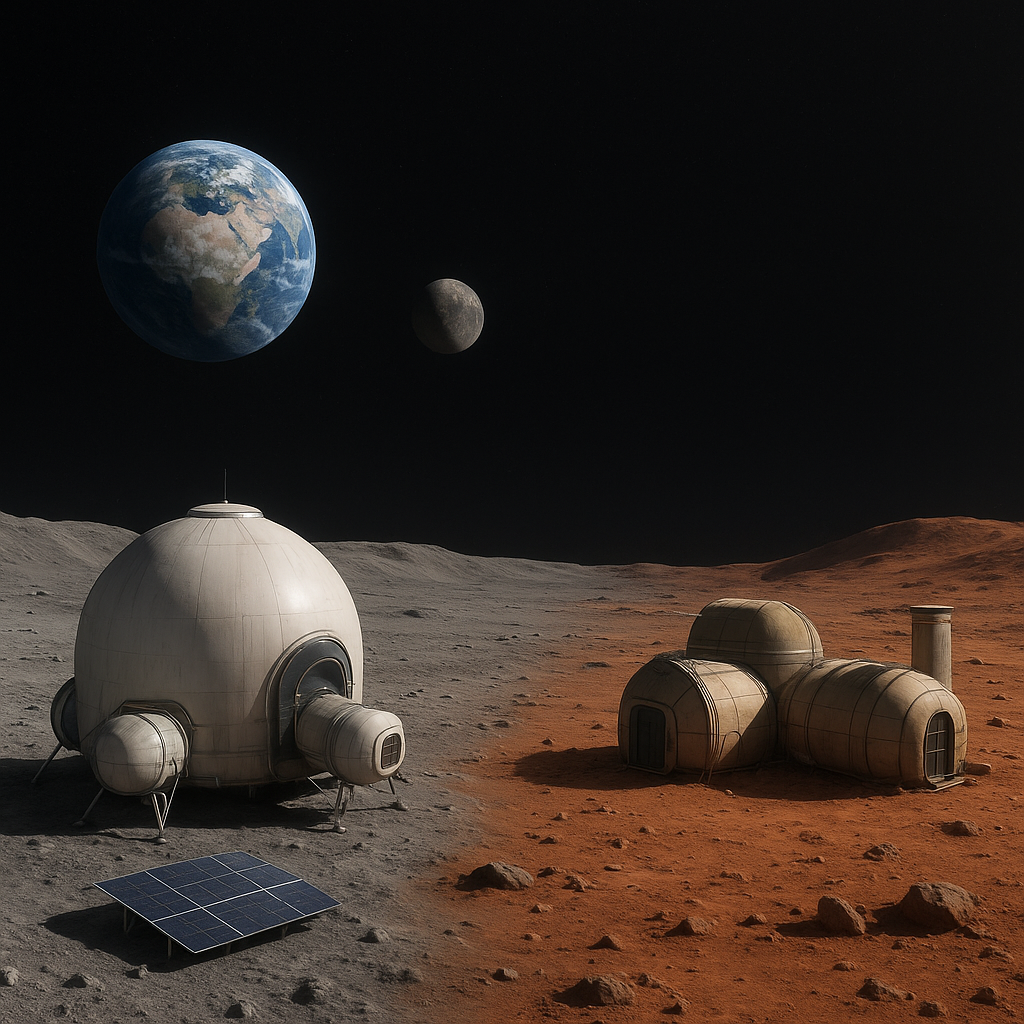As the world continues to evolve at a rapid pace, the educational sector is not left behind, with futuristic school designs emerging as a pivotal element in shaping next-generation learning environments. These innovative architectural concepts are not just about aesthetics; they are about creating spaces that foster creativity, collaboration, and adaptability, preparing students for a future that is as dynamic as the spaces they learn in.
The Evolution of Educational Spaces
The traditional classroom setup, characterized by rows of desks facing a blackboard, is increasingly becoming a relic of the past. In its place, futuristic school designs are embracing open, flexible spaces that can be easily reconfigured to suit various teaching methods and learning styles. This shift is driven by the understanding that education is no longer a one-size-fits-all experience. Instead, it is a dynamic process that requires environments capable of adapting to the diverse needs of students.
One of the key features of these new educational spaces is their emphasis on technology integration. Interactive whiteboards, virtual reality stations, and digital collaboration tools are becoming standard fixtures, enabling students to engage with content in more immersive and interactive ways. This technological infusion not only enhances learning but also prepares students for a world where digital literacy is paramount.
Moreover, futuristic school designs often incorporate elements of biophilic design, which seeks to connect students with nature. This can be seen in the use of natural light, indoor gardens, and outdoor learning spaces. Such features are not only aesthetically pleasing but also have been shown to improve student well-being and concentration, creating a more conducive learning environment.
Designing for Collaboration and Creativity
Collaboration and creativity are at the heart of futuristic school designs. These spaces are designed to break down the barriers of traditional classroom settings, encouraging students to work together and think outside the box. Open-plan layouts, movable furniture, and breakout areas are common features that facilitate group work and creative thinking.
In addition to physical spaces, the design of these schools often includes dedicated areas for specific activities, such as maker spaces, art studios, and science labs. These specialized zones provide students with the resources and freedom to explore their interests and develop new skills. By fostering an environment where experimentation and innovation are encouraged, futuristic school designs help cultivate the problem-solvers and innovators of tomorrow.
Furthermore, these designs often incorporate elements that reflect the local culture and community, creating a sense of belonging and identity for students. This can be achieved through the use of local materials, cultural motifs, and community spaces that invite local engagement. By grounding futuristic designs in the local context, schools can create environments that are both forward-thinking and deeply connected to their surroundings.
Adapting to a Changing World
As the world continues to change, so too must our educational environments. Futuristic school designs are not static; they are built with adaptability in mind. This means creating spaces that can evolve alongside educational practices and technological advancements. Modular construction techniques, for example, allow for the easy expansion or reconfiguration of school buildings, ensuring they remain relevant and functional for years to come.
In addition to physical adaptability, these designs also consider the changing needs of students. With an increasing focus on personalized learning, futuristic schools are incorporating features that support individualized education plans. This includes quiet zones for focused study, as well as areas for collaborative projects, ensuring that all students have access to the resources they need to succeed.
Moreover, sustainability is a key consideration in the design of these schools. Energy-efficient systems, renewable energy sources, and sustainable materials are commonly used to minimize the environmental impact of school buildings. By teaching students the importance of sustainability through the very buildings they learn in, schools can instill values that will benefit both students and the planet.
The Future of Learning Environments
Futuristic school designs represent a bold step forward in the evolution of educational environments. By prioritizing flexibility, technology, collaboration, and sustainability, these designs are creating spaces that are not only conducive to learning but also inspiring and empowering for students. As we look to the future, it is clear that the schools of tomorrow will be as dynamic and innovative as the students they serve.
In conclusion, the shift towards futuristic school designs is a reflection of the broader changes taking place in education and society. By embracing these new architectural concepts, we can create learning environments that are equipped to meet the challenges of the future, ensuring that students are prepared to thrive in an ever-changing world.
